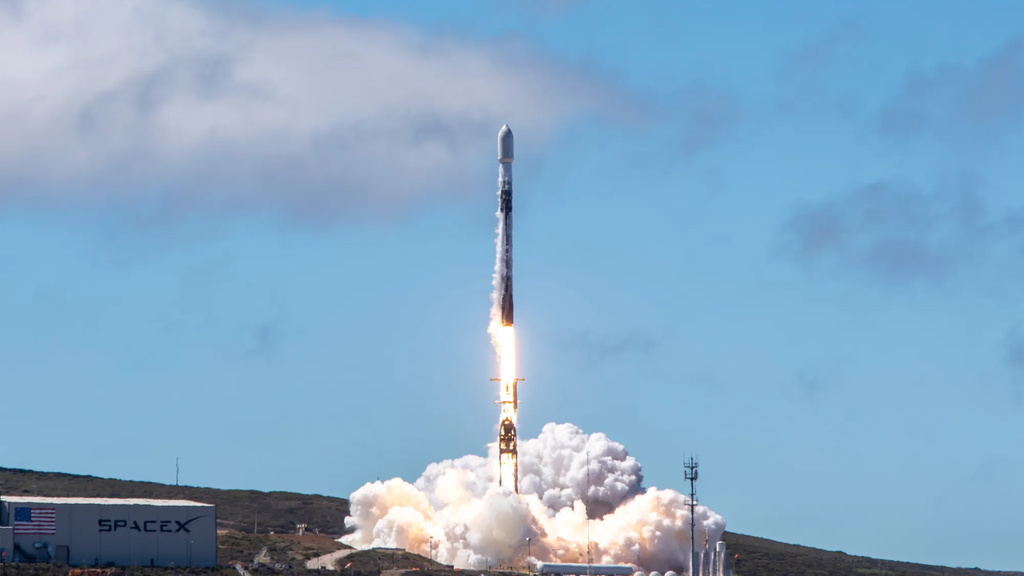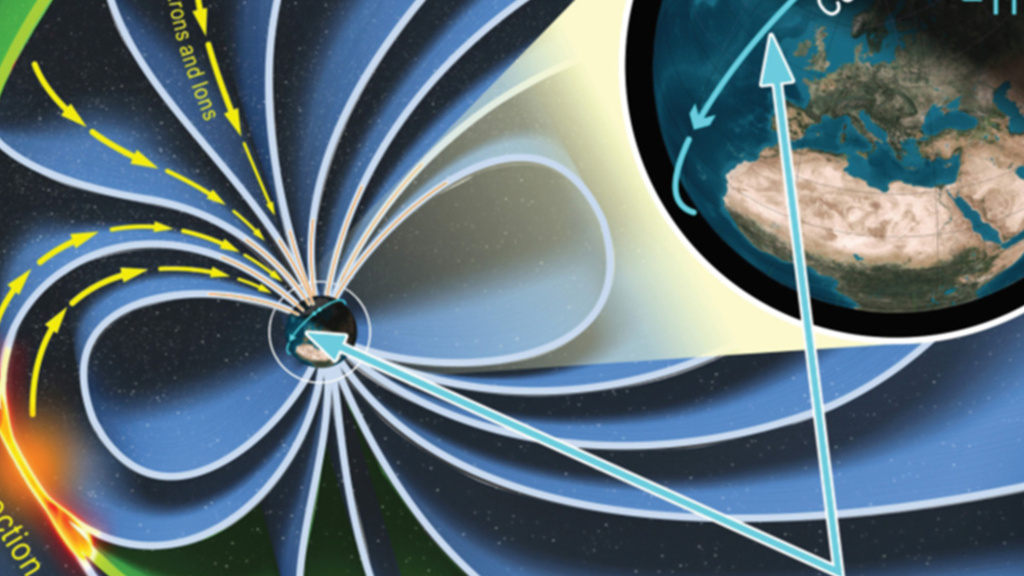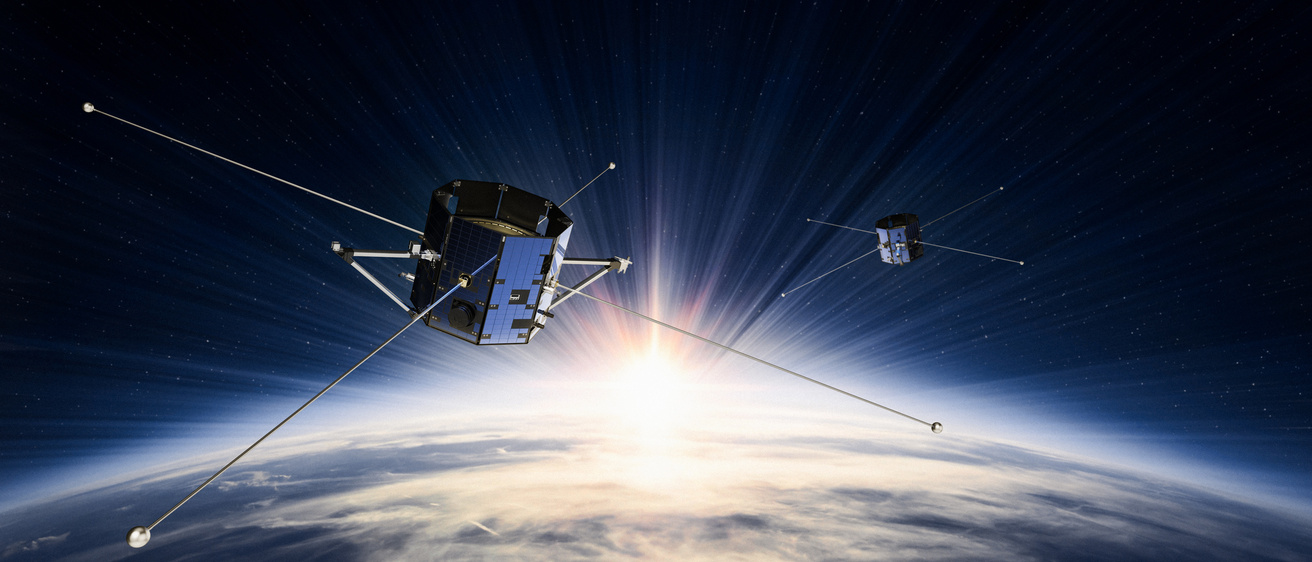Articles

NASA Launches Mission to Study Earth’s Magnetic Shield
Wednesday, July 23, 2025
NASA’s newest mission, TRACERS, soon will begin studying how Earth’s magnetic shield protects our planet from the effects of space weather. Short for Tandem Reconnection and Cusp Electrodynamics Reconnaissance Satellites, the twin TRACERS spacecraft lifted off at 11:13 a.m. PDT (2:13 p.m. EDT) on Wednesday, July 23, 2025, aboard a SpaceX Falcon 9 rocket from Space Launch Complex 4 East at Vandenberg Space Force Base in California.

Space Science Reviews Publishes TRACERS Article Collection
Tuesday, July 15, 2025
The journal Space Science Reviews is publishing a collection of articles about the University of Iowa-led Tandem Reconnection And Cusp Electrodynamics Reconnaissance Satellites (TRACERS) mission. This collection presents the science objectives of the mission, descriptions of the design and calibration of the plasma instruments, and other important aspects of the mission.
TRACERS mission funded by $115 million grant from NASA takes next step
Thursday, June 25, 2020
UI Physics and Astronomy Assistant Professor David Miles is developing a new magnetic-field instrument called MAGnetometers for Innovation and Capability (MAGIC). Miles said MAGIC will be a supplement, or an add-on, to the Tandem Reconnection and Cusp Electrodynamics Reconnaissance Satellites (TRACERS) mission, which will strive to answer questions regarding space weather.
NASA-Iowa TRACERS project moves into next phase
Tuesday, June 2, 2020
A $115 million space mission awarded by NASA to the University of Iowa can now proceed in earnest. Called TRACERS, it will study interactions between the sun’s and Earth’s magnetic fields. NASA also approved an extra $7.6 million for a magnetic field instrument to be designed and built at Iowa,
Called MAGnetometers for Innovation and Capability (MAGIC), the instrument is intended to demonstrate that Iowa can reliably manufacture a new magnetic-field instrument that meets NASA’s exacting standards.
